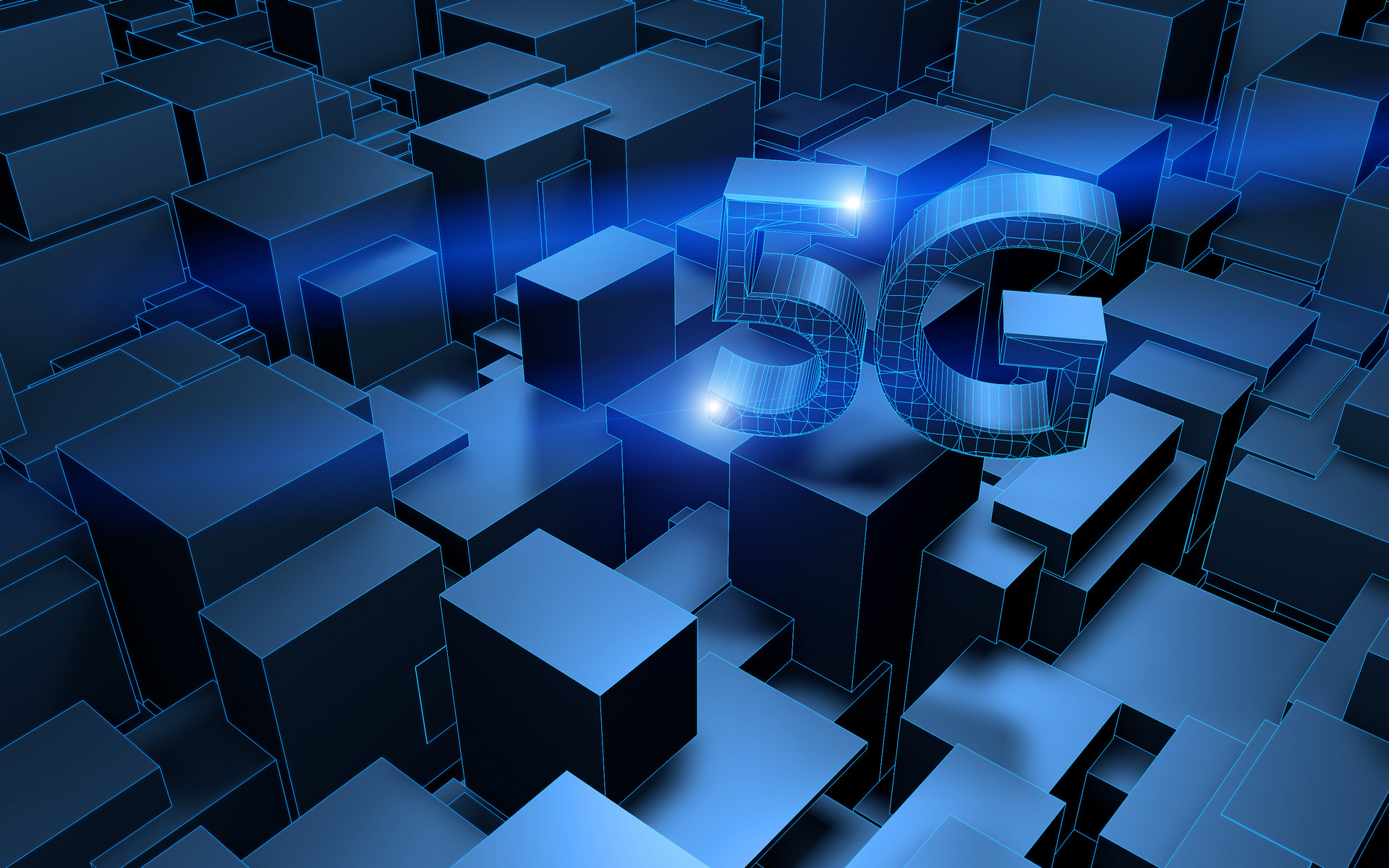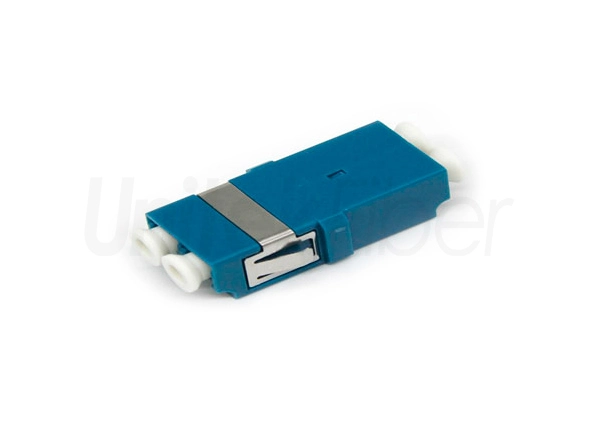
The scale construction of the 5G network has kicked off, and the "cloud-net-edge-end" four-body synergy will become the end-to-end new technical architecture of 5G networks. The main characteristics of 5G networks are large bandwidth, massive connections, and ultra-low latency. These new network features will give birth to a large number of emerging applications and will further profoundly change people’s lifestyles, all of which are inseparable from the 5G data central network.

The data center may become the powerful technology base of 5G
The 5G network adopts a cloud-based architecture based on the data center, and is carried on an independent telecom cloud network in the data center, and deploy virtualized network elements such as core network through SDN/NFV technology. At the same time, as the user plane network element (UPF) sinks and the MEC (edge computing) business is deployed on a large scale, 5G network elements will be distributed in data centers at all levels, and data centers have become the cornerstone of 5G networks.
In the mobile Internet era, with the explosion of top Internet applications, cloud computing applications have concentrated on industry giants. Large companies in the industries such as operators, the Internet, and cloud service providers have built large cloud data centers to provide public and private clouds and other services. The reason is that the scale benefit of the data center is very obvious, which can greatly reduce the cost of business deployment and maintenance.
Therefore, scale development has been the most important driving force for the development of data center networks in the past 10 years. The explosive growth of traffic has led to the continuous expansion of data center network scale, which in turn triggered a series of changes in network architecture, technology, and operations. Large capacity, scale effect, high reliability and scalability needs to be considered. In the 5G era, this trend will become more obvious and will accelerate its spread to the industries of government, medical, and industrial manufacturing .
Large-scale cloud data centers in the 5G era will be more competitive, not only in terms of cost, but also in terms of security, flexibility, and technological evolution, it will establish a crushing advantage over traditional data centers. The "Matthew Effect" will make traditional data centers and applications gradually disappear, replaced by ultra-large-scale, fast-evolving cloud data centers.

At the same time, the 5G network and its derivative services have put forward more stringent demands on reliability and delay protection. Whether it can meet the 5G network's high-performance requirements for cloud resource pools such as throughput and concurrency, and achieve the best overall performance and cost of cloud data centers, has become a touchstone for measuring the competitiveness of cloud data centers in the 5G era. The future data center network is no longer limited to the traditional switch network in the data center, but expands to an integrated high-performance network interconnected by the host, network cards and chips.
Face the above needs, general-purpose CPUs based on the x86 architecture have been unable to meet business needs, and more accelerated hardware, such as smart network cards, GPU/FPGA, and even NPU neural network processing chips, and other heterogeneous computing architectures, have been introduced to enable business operations to run on the hardware form with the highest cost-effectiveness and energy efficiency ratio, becoming an essential technology for data centers to carry multiple types of business. RDMA is also a hardware protocol method that can achieve low latency in data center networks. It is currently a standard deployment solution for high-performance computing, distributed storage, artificial intelligence and other applications in data centers.
Edge data center is a necessary component in the 5G era
Edge computing is one of the most important components of 5G technology. The low-latency feature provides a technical foundation for the development of emerging applications such as the Internet of Vehicles, industrial automation, immersive VR, and artificial intelligence. In the edge computing scenario, customers usually need low latency, high computing power, and efficient network routing capabilities, and they need to deploy computing nodes at the edge of the network. Edge data centers will become a new form of data centers in the 5G era.
Edge computing provides ubiquitous computing resources in the network, which can exist in cloud data centers, edge data centers and terminals, and are distributed at different levels of the network and belong to different operators. The industry has begun to consider how to make full use of these computing resources to provide customers with the best solutions. The computing power network adopts a similar network routing mechanism, which distributes computing power information of various computing nodes through the centralized control plane of the network or distributed routing protocol to distribute computing power information of various computing nodes. It combines network information (such as path, delay, etc.) to provide customers with the best computing power distribution and network connection solutions.
At present, large Internet companies have taken the lead in the public cloud market. With the commercial deployment of technologies such as SD-WAN, operators can already clearly feel the squeeze from the Internet. However, after the large-scale construction of edge computing begins, operators’ advantages in office site resources will change the competition and cooperation between operators and Internet companies. Operators’ IDC leasing business and public cloud services will develop rapidly. Seizing the opportunity in this time window of technological change may even push operators to successfully complete their own business transformation. Edge computing and edge data centers are necessary components in the 5G era and will profoundly affect the market structure of 5G era.
With the advent of the 5G and AI era, the data center will become the core control node and content carrier of the future network, and it is the basis and strategic commanding height of the transformation of telecom operators. Data centers are currently undergoing changes brought by cloudification and ICT convergence, and the network, as one of the three basic resources of data centers, is also evolving in this revolution. Technologies such as full intelligence, automation, distributed, computing power sinking and AI will provide strong support for the development of 5G services. It is foreseeable that in the future, with the advent of emerging services and technologies such as 5G/6G, holographic communications, and digital twins, data center networks will continue to evolve toward a new generation.
UnitekFiber has outstanding strength in production capacity, supply capacity and lead time, and has formed a whole-process new product development operation mode.
If you need more information or support on fiber optical products, please don’t hesitate to contact us sales@unitekfiber.com, we will try our best to support you.



